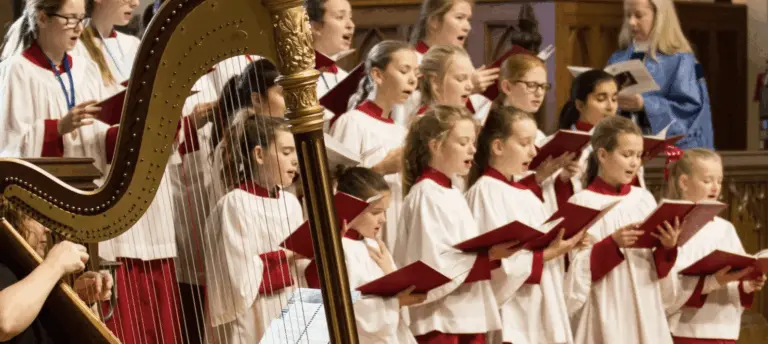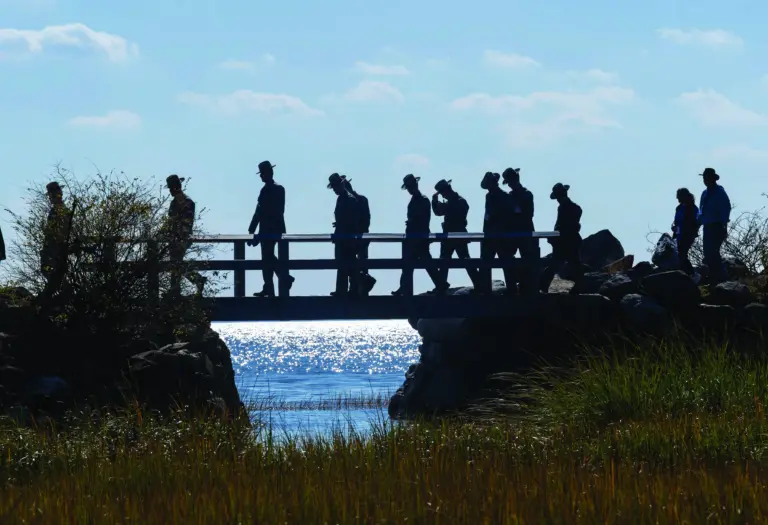Greenwich First Selectman Fred Camillo on Tuesday unveiled a $523 million budget proposal for the 2025-2026 fiscal year, marking a 4.3% increase over the current spending plan. Camillo emphasized that the budget reflects a balance between responsible financial stewardship and necessary investments in town infrastructure, leveraging ongoing public-private partnerships to mitigate costs.
“We have a responsibility to maintain and improve our town’s facilities while being mindful of taxpayer dollars,” Camillo said. “Taxes are always going to rise, but we must ensure that we are getting things done efficiently. This budget brings us very close to the mill rate guideline while delivering key improvements for residents.”
Maintaining the Lowest Mill Rate in the State
Despite the proposed increase, Greenwich continues to have the lowest mill rate in Connecticut. The budget calls for a property tax rate increase from 11.712 to 12.262, slightly above the BET’s suggested cap of 12.175. For a homeowner with a $1 million assessed property, the increase would mean approximately $550 more in annual taxes.
Camillo underscored that Greenwich’s mill rate remains significantly lower than neighboring communities, even as the town undertakes long-overdue capital projects. “It’s important to put this in perspective,” he said. “While we are making critical investments, we are still maintaining the lowest tax burden in the state.”
Capital Investments and Public-Private Partnerships
A significant portion of the budget is allocated to capital projects aimed at enhancing town infrastructure, with a strong reliance on public-private partnerships to help offset costs.
Shore Road Sidewalk Expansion – $1.25 million is allocated for sidewalk and drainage improvements between Sound Beach Avenue and Tod’s Point.
Public Safety Complex Garage Repairs – $1.3 million for replacing the deteriorating deck coating, protecting police and forensic vehicles.
Roger Sherman Baldwin Park Revitalization – The budget includes $950,000 for design work, with an estimated total project cost of $10 million. The town is actively pursuing private funding sources to help reduce the taxpayer burden.
Greenwich Cove Dredging – $1.5 million to remove accumulated sediment and preserve the town’s maritime resources.
Wallace Center Renovations – A significant renovation project at the town’s senior center, which benefits from a $1.32 million private donation from the estate of Mary Louise Wallace. Additional donations are expected to help fund further improvements.
“These investments are necessary to maintain our town’s infrastructure and quality of life,” Camillo said. “And thanks to our strong partnerships with private donors and organizations, we are able to stretch every tax dollar further.”
Board of Education Budget: Managing Rising Costs and Strategic Investments
Greenwich Board of Education’s Karen Hirsh and Superintendent Dr. Toni Jones presented a $202.4 million operating budget for the school system, reflecting a 5.1% increase from last year’s $192.6 million budget. The proposal also includes a $19.6 million capital request for school facilities, which remains below earlier estimates.
“This budget represents countless hours of careful planning and prioritization,” Hirsh said. “We are committed to maintaining excellence in education while being mindful of taxpayer concerns.”
School capital projects include:
Julian Curtiss School Cafeteria Expansion – $2.61 million to address the school’s undersized cafeteria.
Hamilton Avenue School Parking Lot Repairs – $2 million to fix structural issues in the parking facility.
Riverside School Upgrades – $2 million for architectural planning, with an estimated $48 million in future construction costs.
ADA Compliance at Western Middle School – $5.8 million for accessibility improvements.
GHS Cellular Service Upgrades – $500,000 for a second phase of signal enhancements.
New GHS Access Driveway Design – $150,000 for planning improvements to Cardinal Stadium access.
Superintendent Jones noted that rising wages remain the primary cost driver. “Our challenge is managing increased costs while still meeting the needs of our students and staff,” she said.
Balancing Fiscal Discipline with Community Needs
Tuesday’s presentation drew a mix of support and concern from residents. Many urged the BET Budget Committee to fund school infrastructure projects, while others questioned the tax impact. The BET will conduct a thorough review in February, culminating in a decision day on March 4.
Greenwich’s economic climate remains a significant variable. Rising utility costs, unfunded state mandates, and increasing healthcare expenses complicate budgeting efforts. The town’s five-year capital plan projects spending at $350 million, with an emphasis on deferred maintenance and essential upgrades. However, looming financial uncertainties—such as potential reductions in state funding—pose risks that the BET must account for.
Camillo noted that his administration is taking a proactive approach, working with local stakeholders and state representatives to secure funding and maximize efficiency.
“We are ensuring that every dollar is spent wisely and leveraging public-private partnerships wherever possible,” he said. “The Wallace Center is a great example of how the town can partner with private donors to achieve big goals without placing the full burden on taxpayers.”
BET Budget Chair Leslie Tarkington underscored the importance of financial prudence. “Greenwich is in a strong financial position, but we need to ensure that spending remains disciplined,” she said. “Every dollar spent must be justified.”
The Representative Town Meeting (RTM), which has final approval authority in May, can only make cuts—not additions—to the proposed budget. That dynamic places additional pressure on the BET to finalize a budget that meets community expectations while staying within fiscal constraints.
The next steps in the budget process include departmental reviews beginning on February 4, culminating in a BET decision day on March 4. How much of Camillo’s ambitious plan survives intact remains to be seen. What’s certain is that the town’s ongoing balancing act between investment and restraint will once again take center stage.




